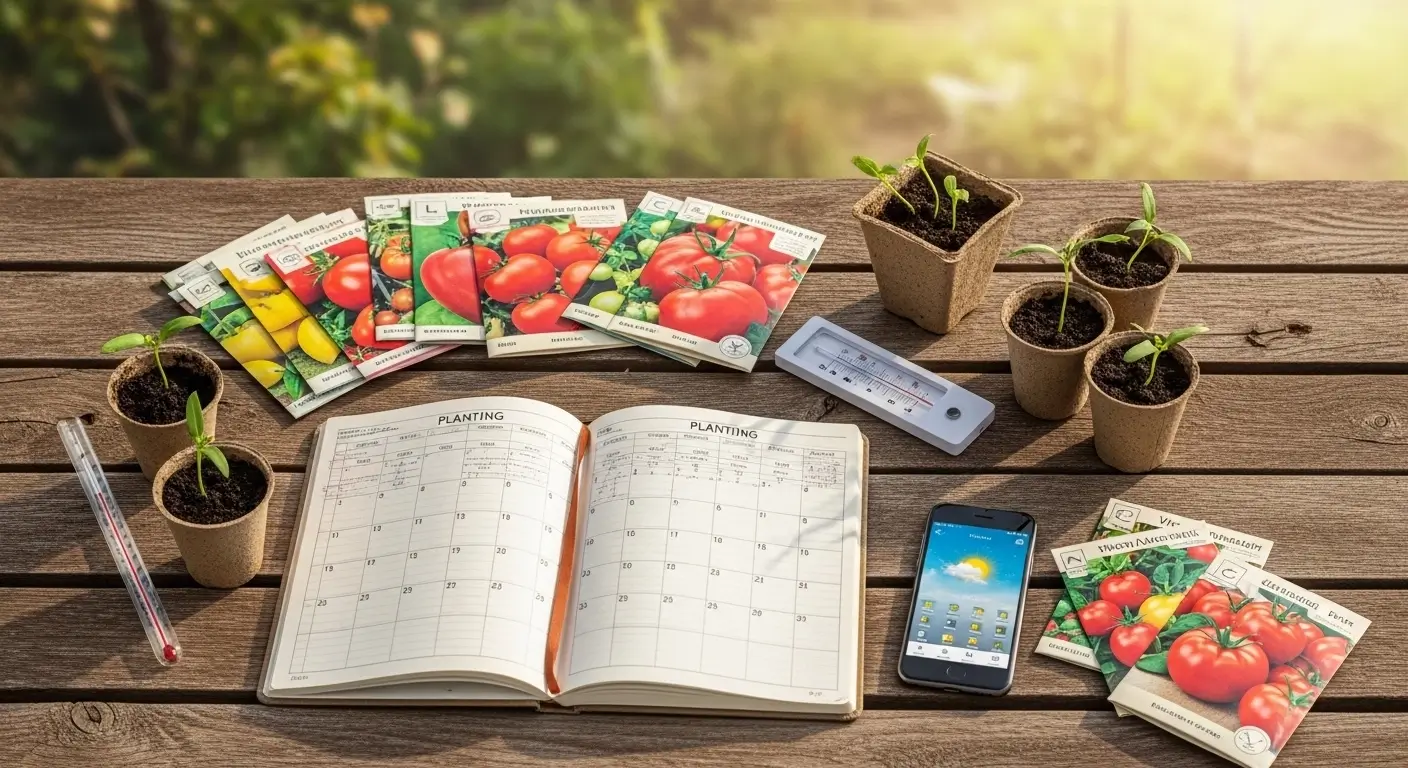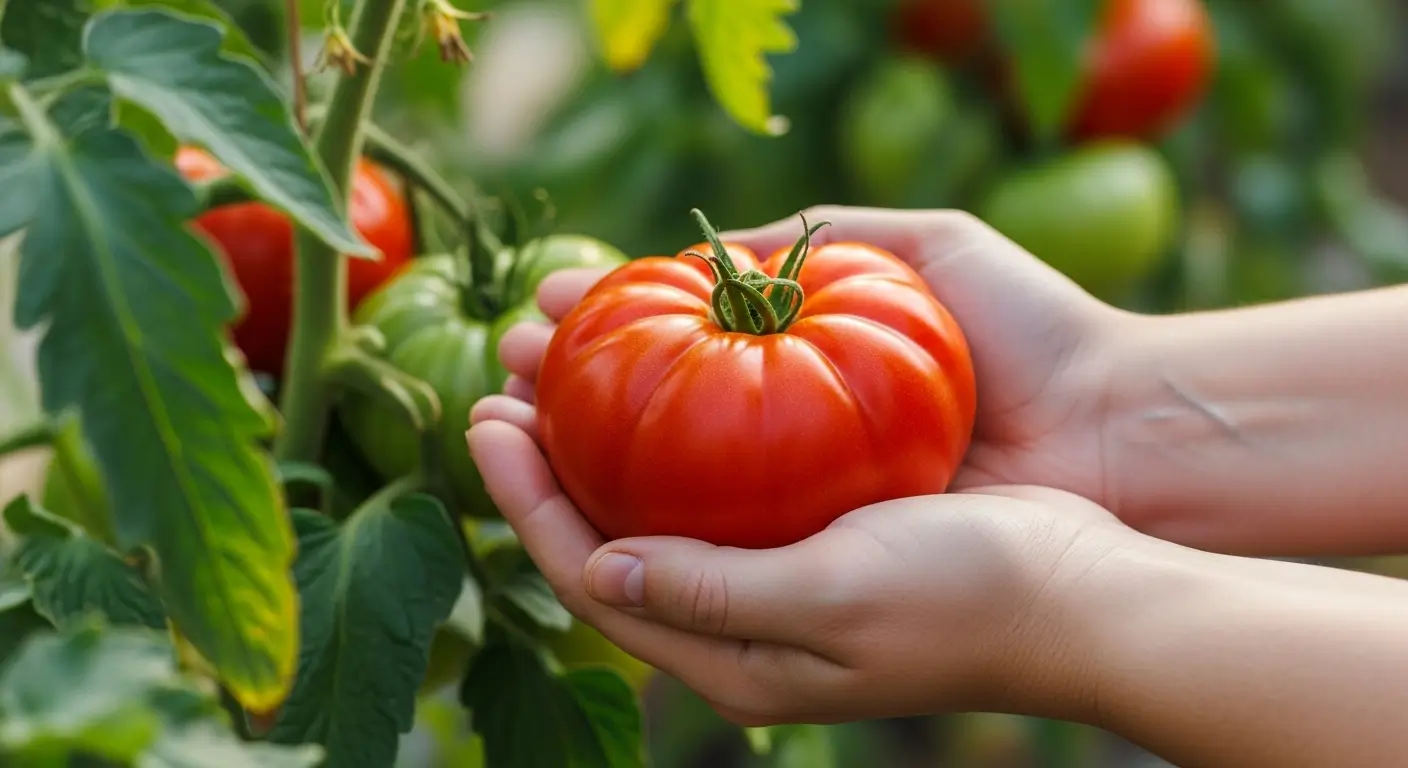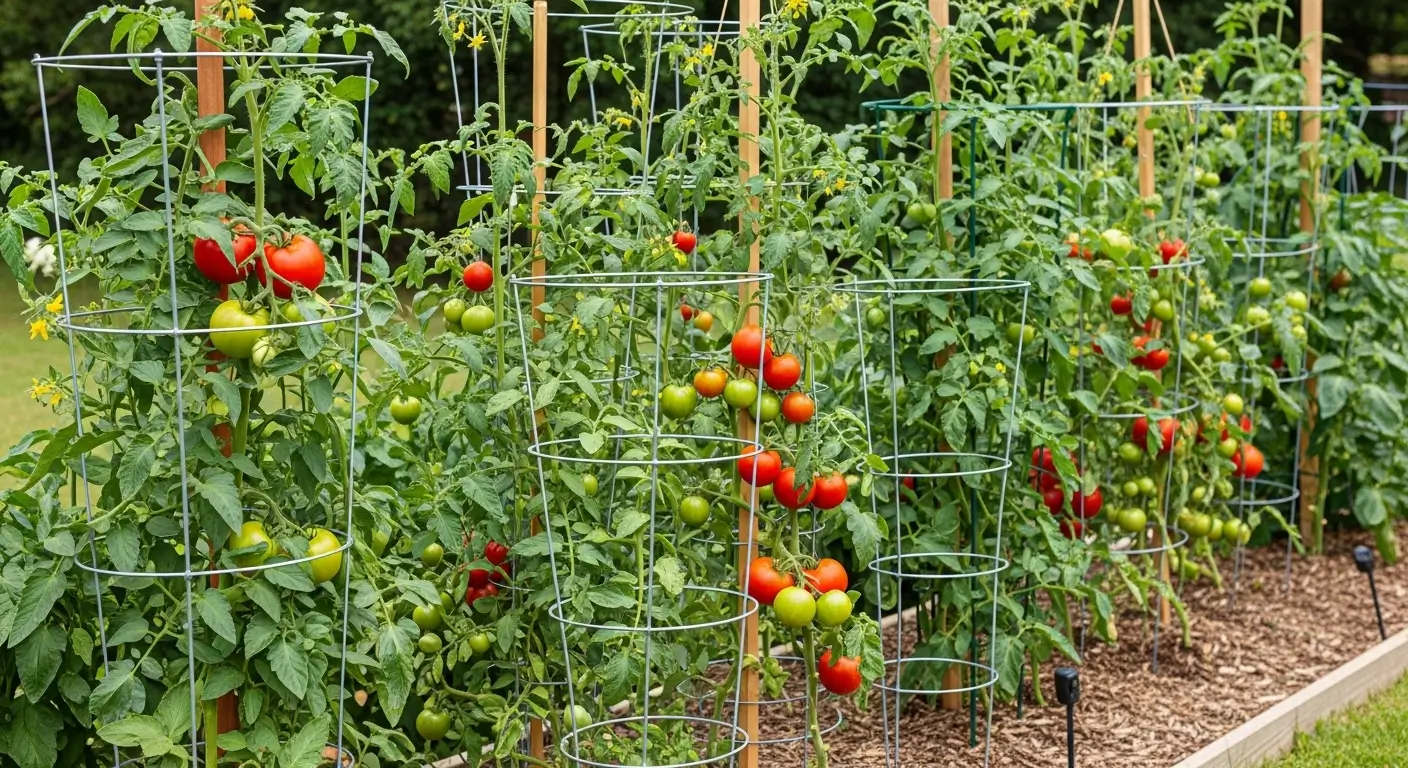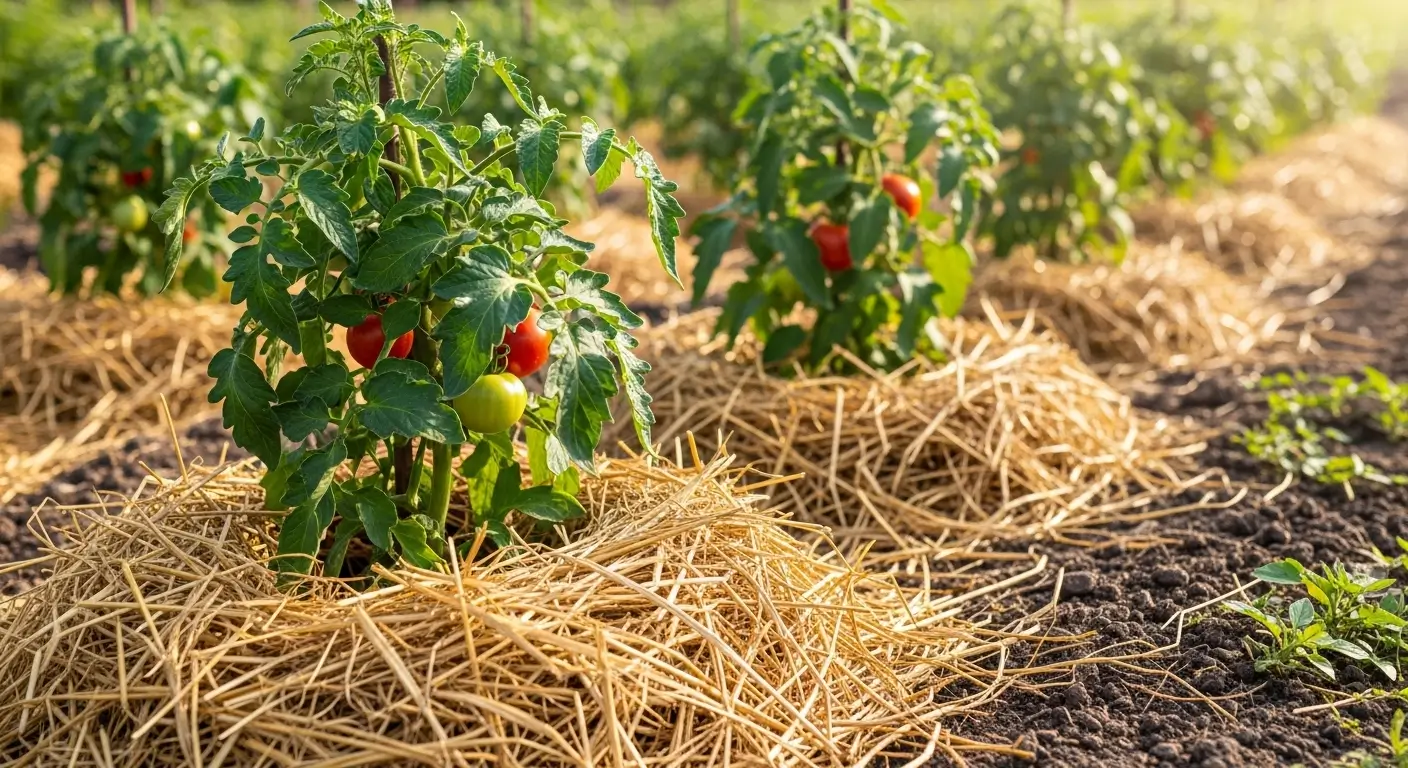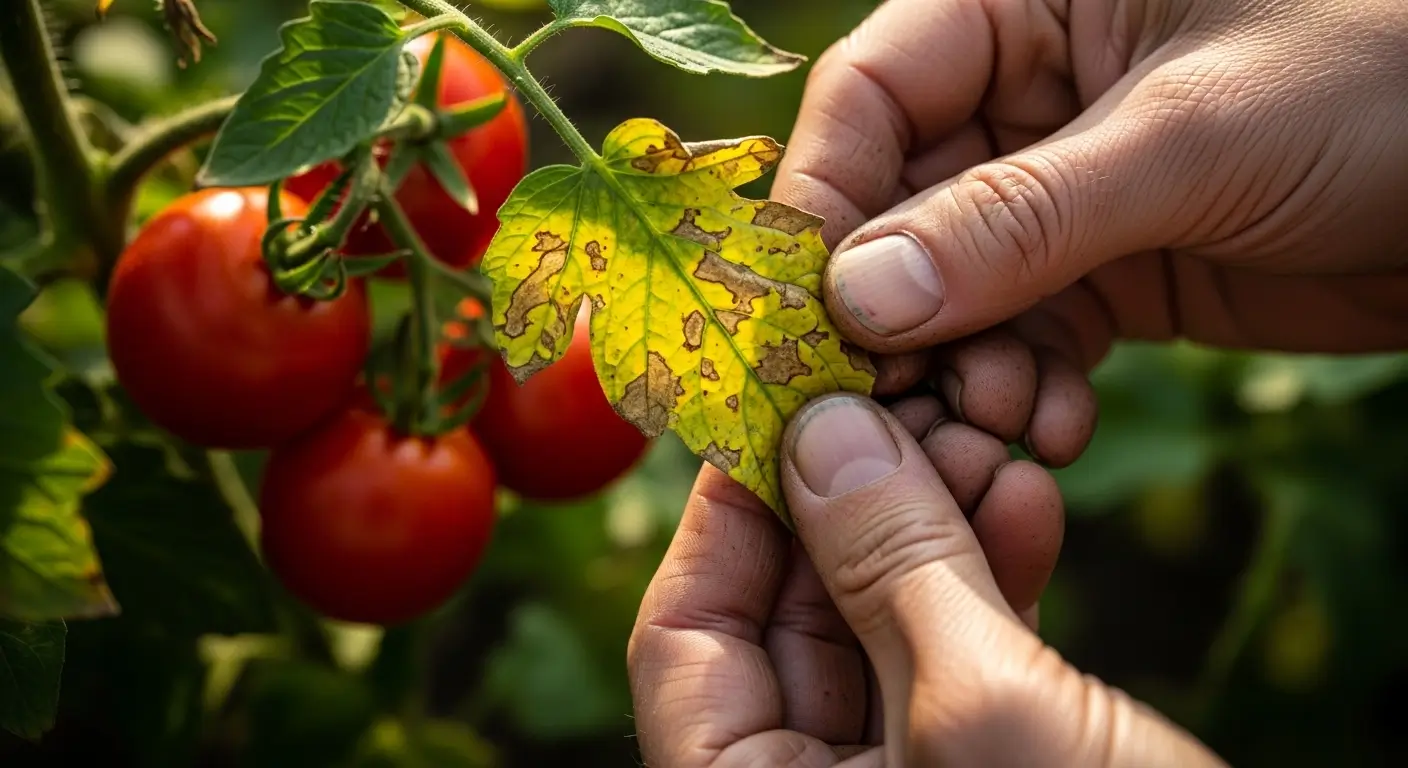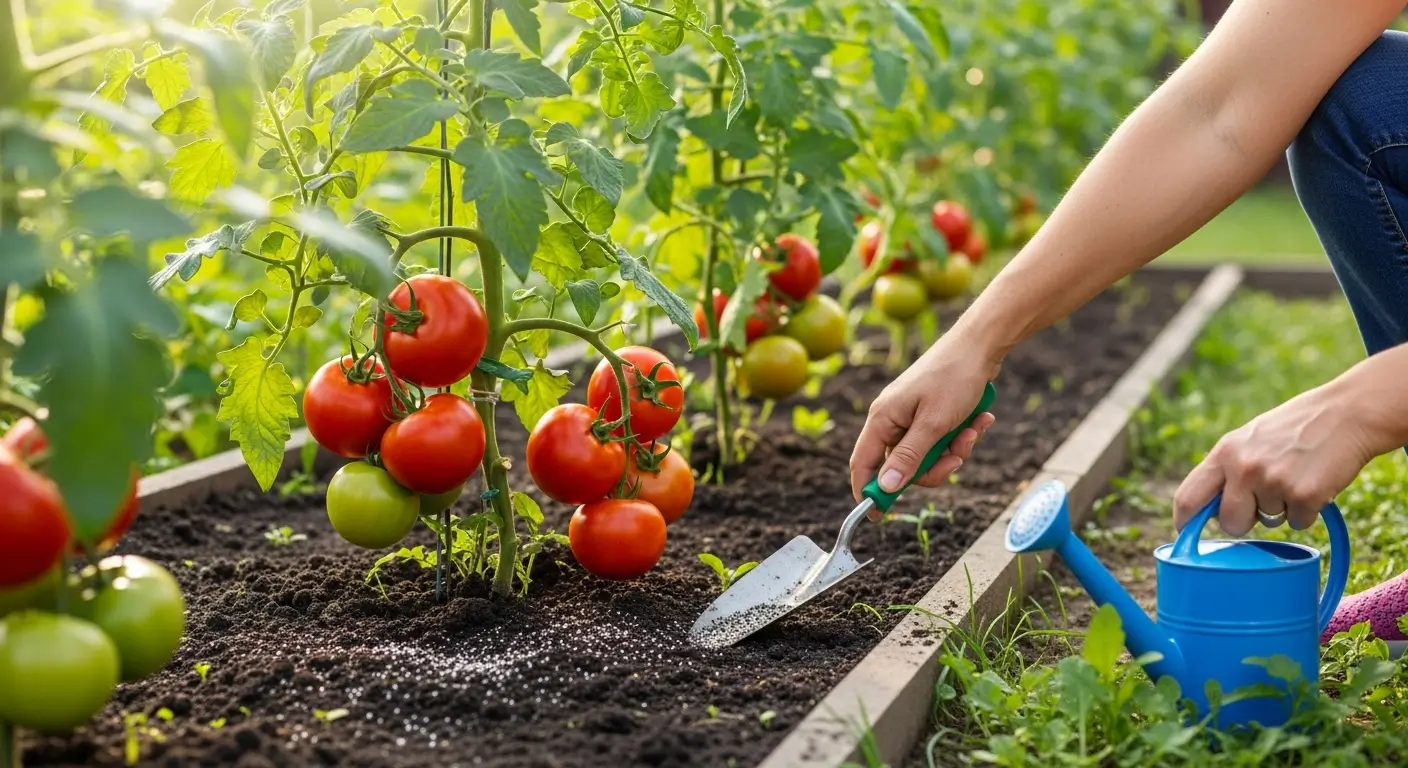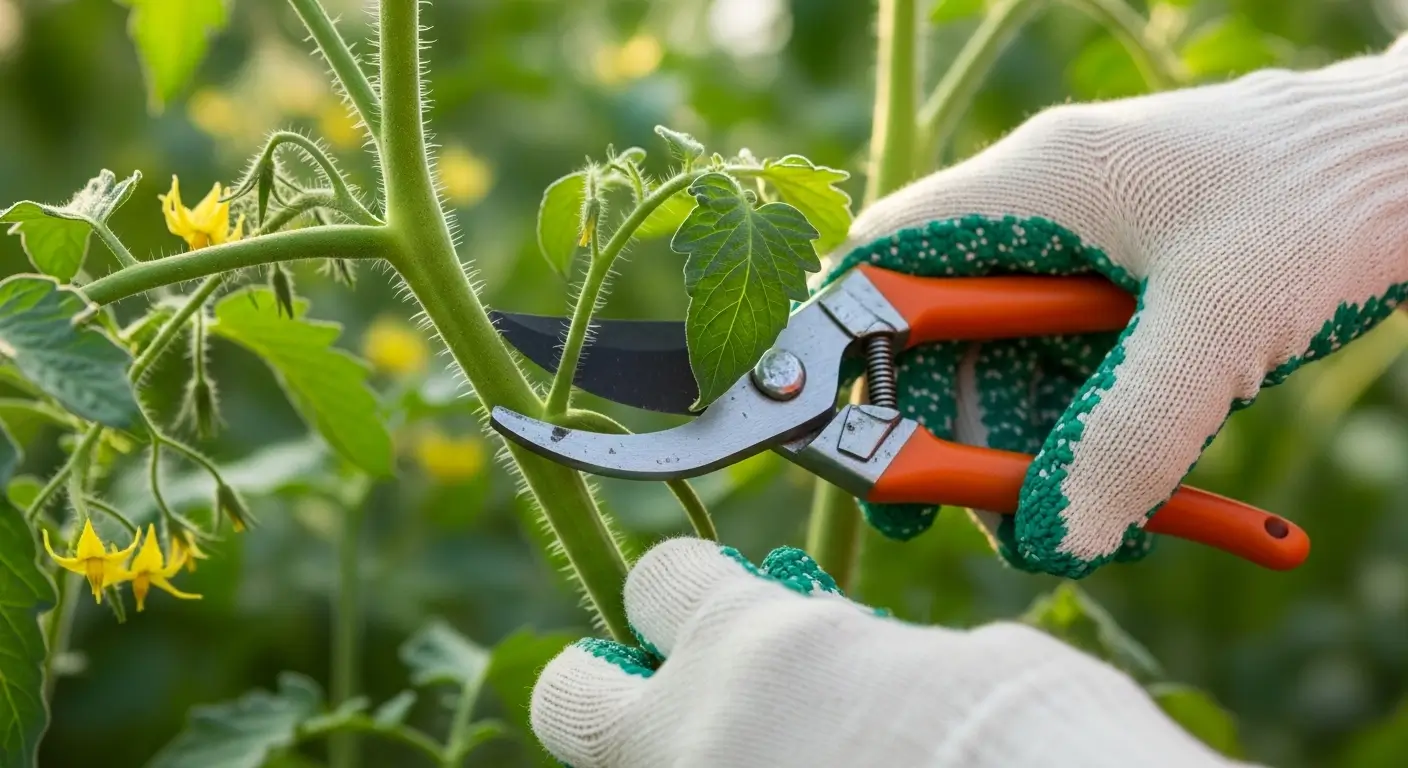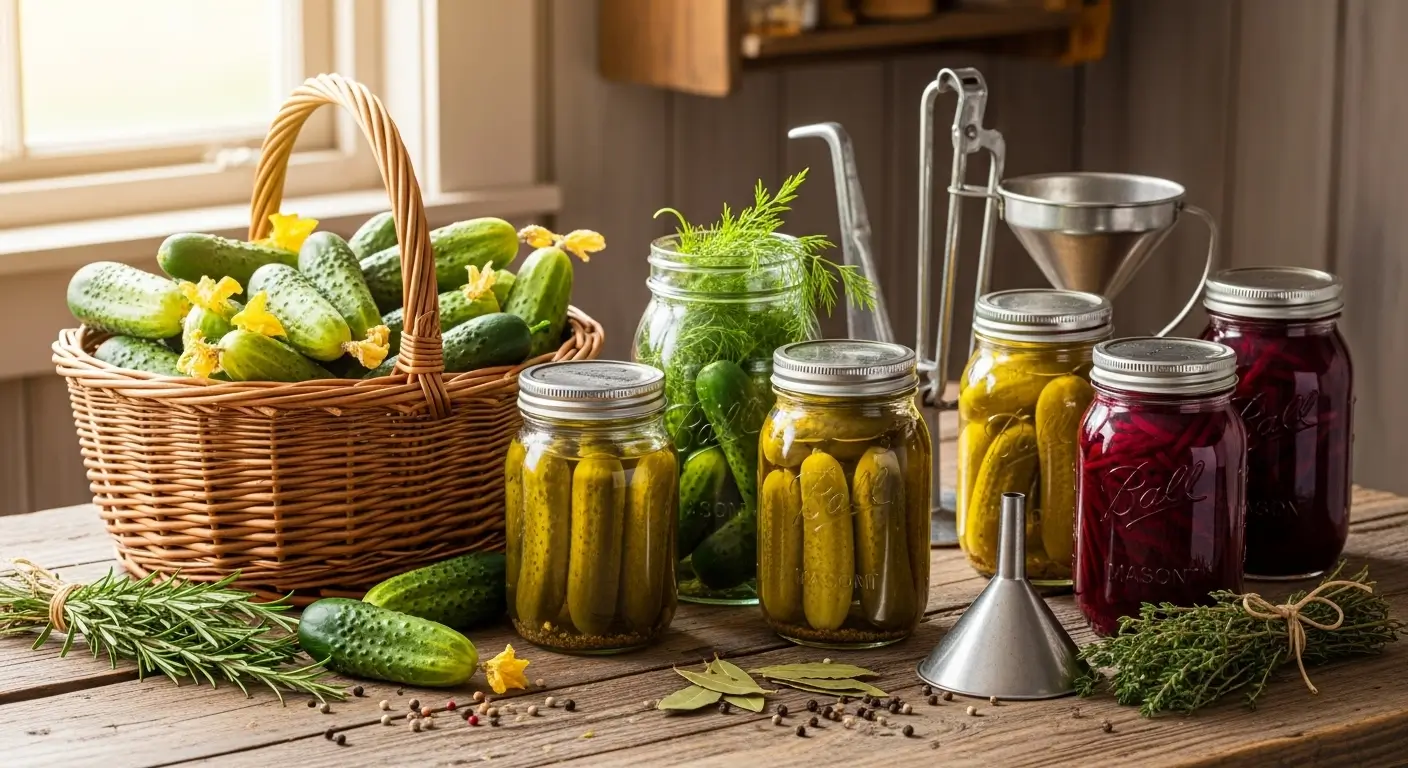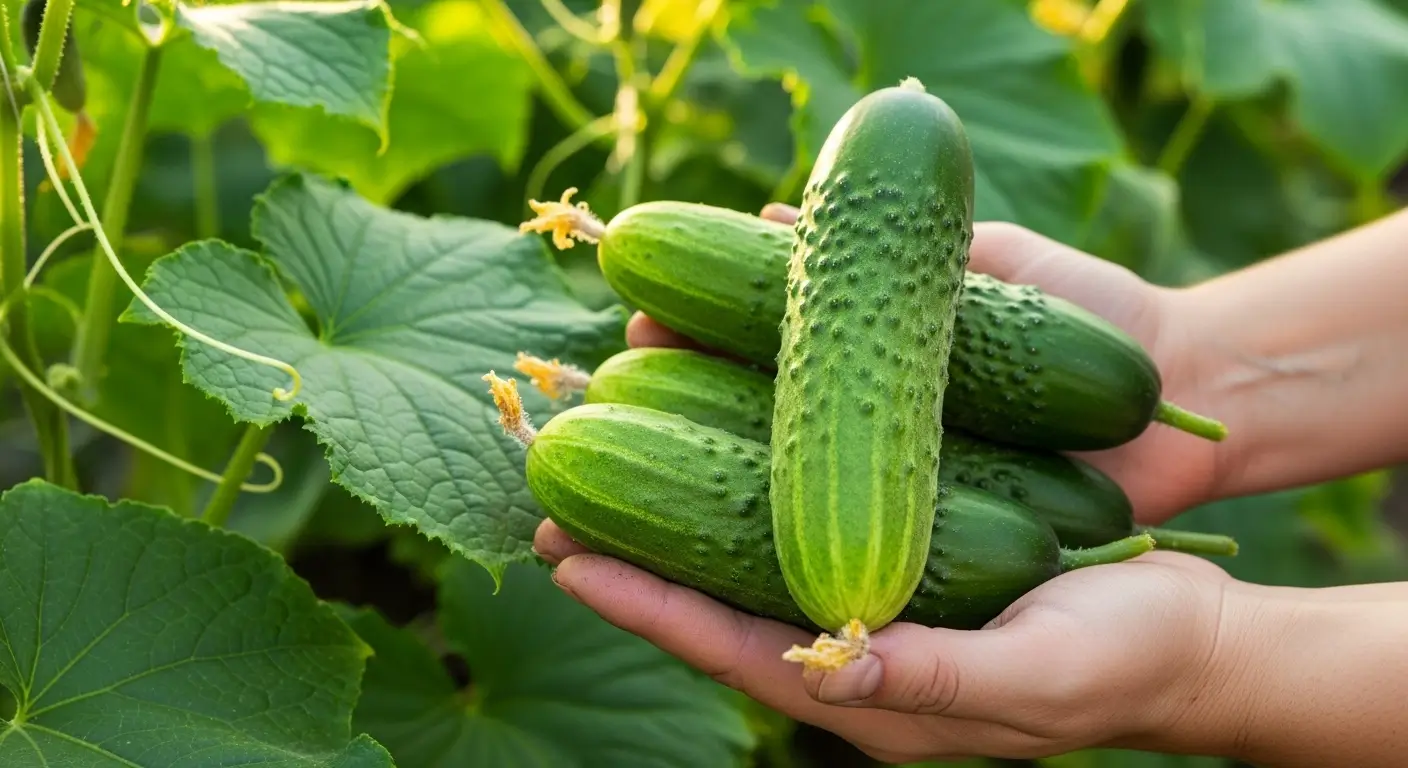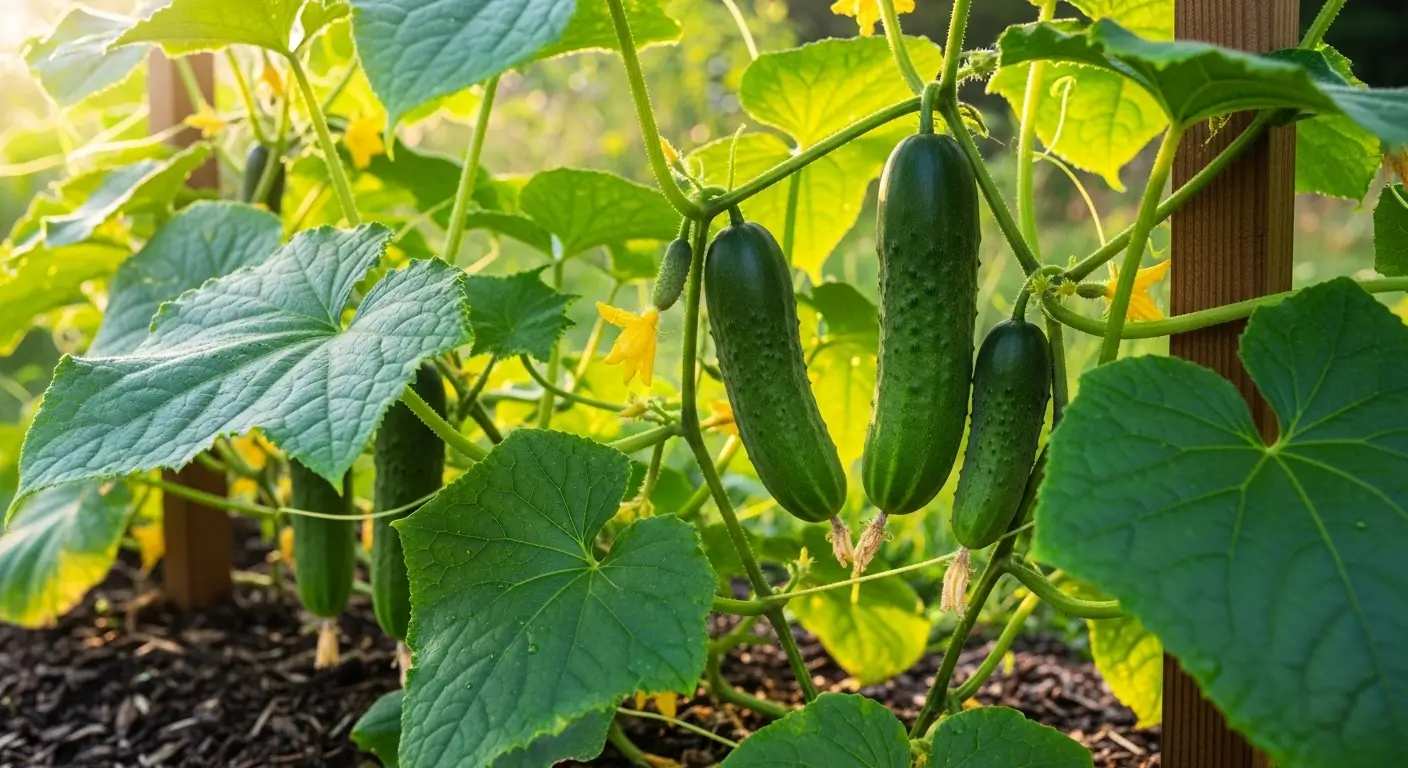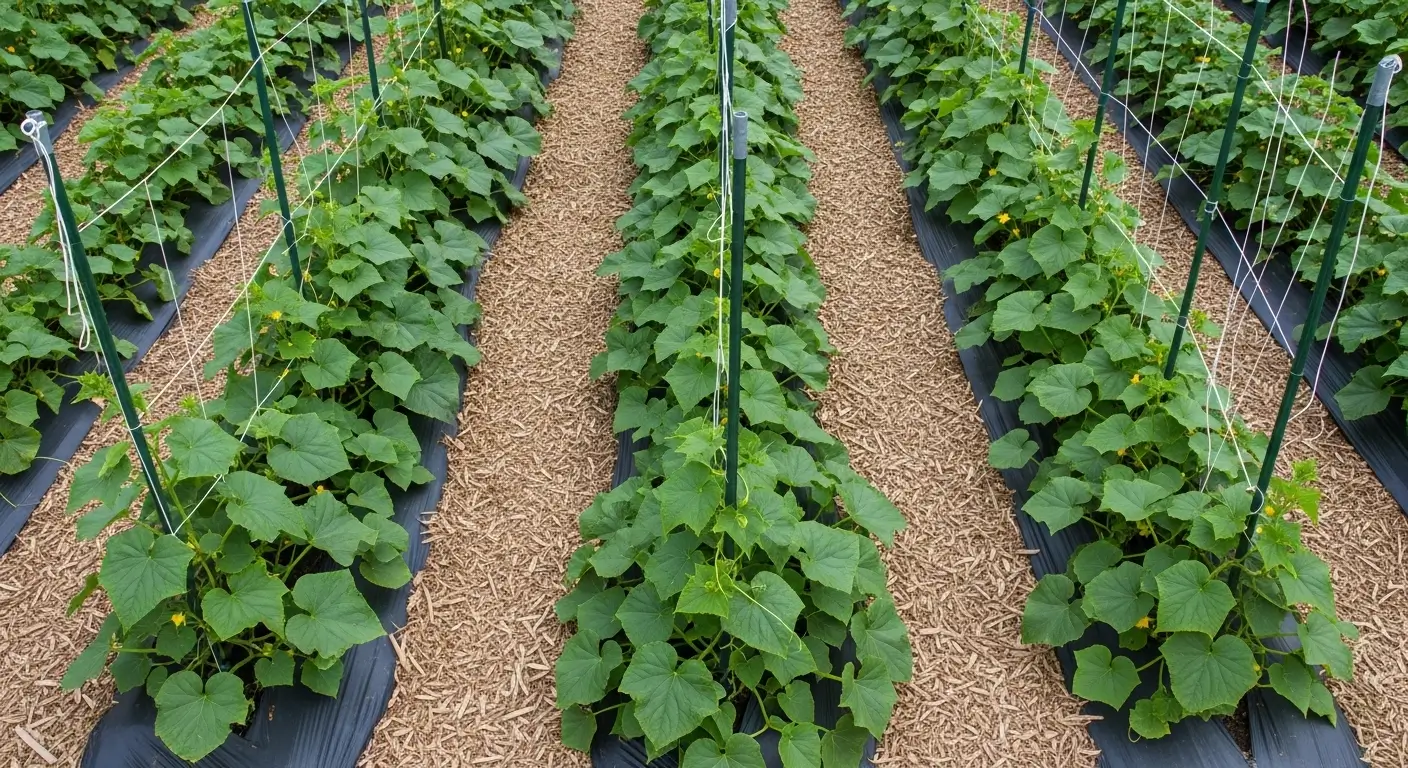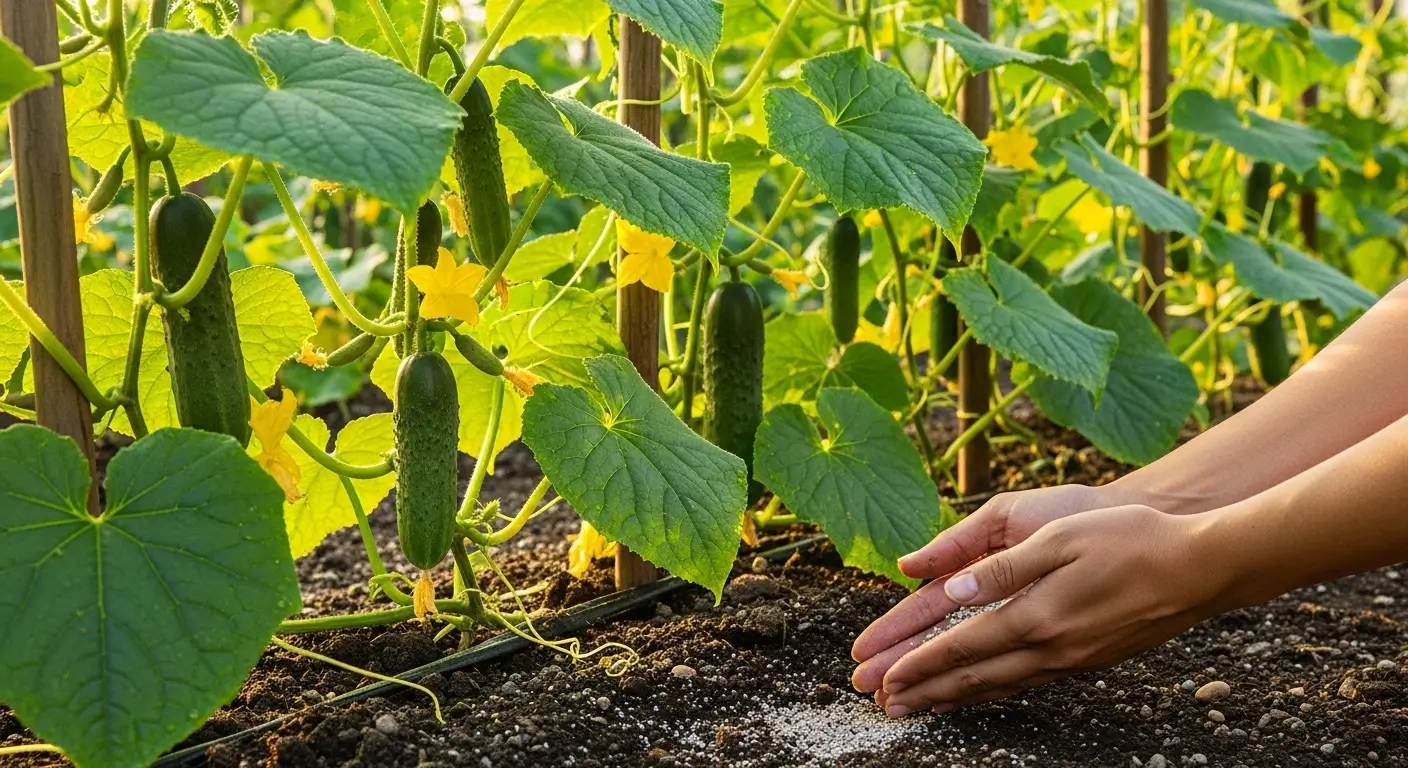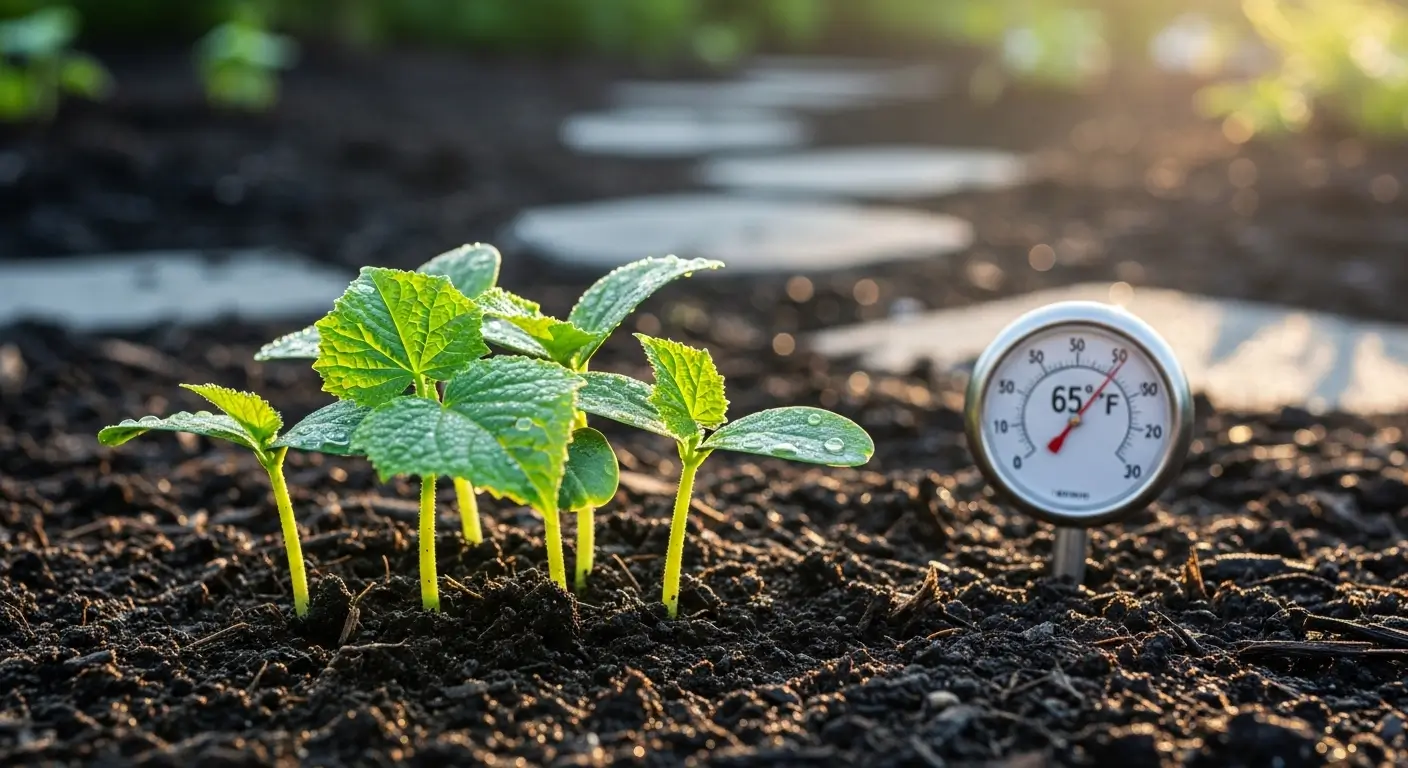Okay friends, let’s talk about tomatoes. You know that feeling when you bite into a perfectly ripe tomato from your own backyard? It’s like summer exploding in your mouth – sweet, juicy, and nothing like those sad grocery store imposters that taste like cardboard.
But here’s the thing (and I learned this the hard way) – growing amazing tomatoes is all about timing. And I mean ALL about timing.
Picture this: It’s 2008, I’m a brand-new gardener, super excited about my first tomato plants. April rolls around, and it feels warm. I’m thinking, “This is it! Spring is here!” So I plant my little seedlings outside. Three days later? BOOM. Surprise frost. Every single plant was toast. I literally stood in my garden crying over my blackened tomato dreams.
That expensive mistake taught me everything I needed to know about when to plant tomatoes. It’s not just about having good dirt and sunshine – you’ve gotta work WITH Mother Nature, not against her stubborn schedule.
So grab a coffee (or wine, no judgment here), and let me save you from making the same rookie mistakes I did.
Table of Contents
Understanding Your Tomato Planting Timeline
Here’s the deal – no magic date works for everyone when it comes to the best time to plant tomatoes. I wish there was! It’d make my life so much easier. But nope, it all depends on where you live, what the weather’s like, and whether you’re starting from tiny seeds or buying those chunky transplants from the garden centre.
Think of tomatoes like that friend who’s always cold – you know the one. They’re originally from warm, sunny places in Central and South America, so they’re drama queens about frigid weather. Even a tiny frost will make them throw a fit and die on you. If you’re not sure about your hardiness zone, check out the USDA Hardiness Zone Map.
I know all this timing talk can feel overwhelming when you’re just trying to figure out when to plant your tomatoes! That’s why I created this simple calculator that takes all the guesswork out of it. Just plug in your zone and preferences, and it’ll give you personalized dates that actually work for your situation.
🍅 When Should You Plant Tomatoes? 🍅
Get your personalized planting schedule in seconds!
Pretty cool, right? Now that you’ve got your personalized timeline, let’s dive deeper into the details so you understand the “why” behind those dates.
The Golden Rules of Tomato Timing
After killing way too many tomato plants (seriously, it was embarrassing), I figured out these non-negotiable rules:
Rule #1: Your soil needs to be toasty warm. I’m talking 60°F minimum, but 65-70°F is even better. Get yourself a soil thermometer – it’s like $10 and will save you from so much heartbreak. Trust me on this one.
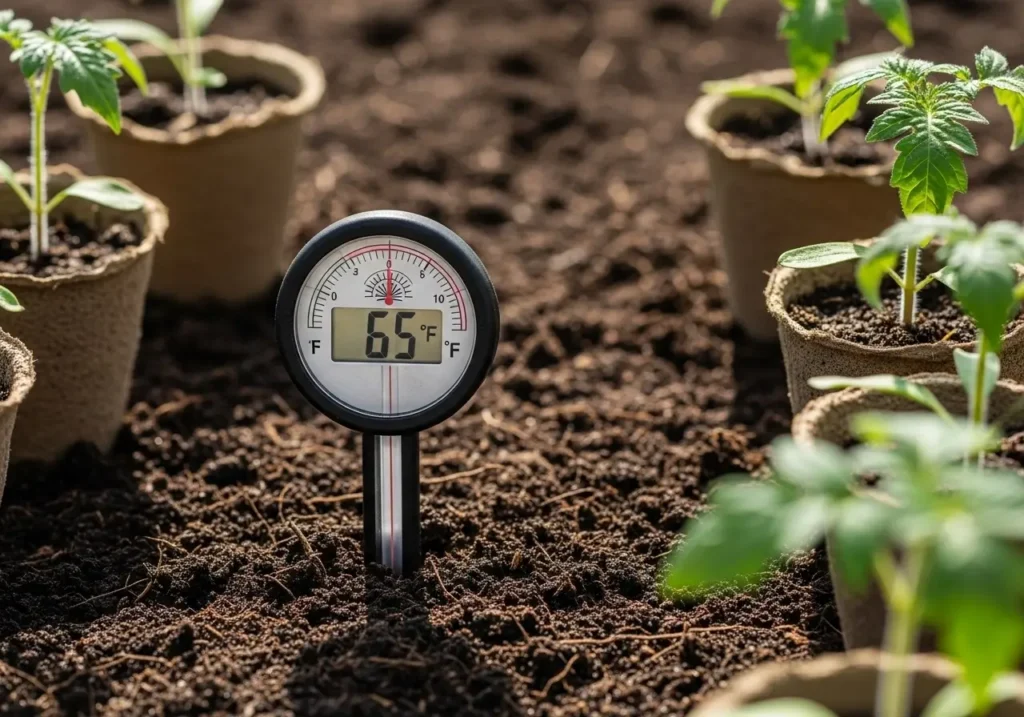
Rule #2: Know your last frost date like your birthday. This is THE most important date in your gardening calendar. Circle it, highlight it, set phone reminders – whatever it takes.
Rule #3: Become a weather app addict. Even after your official last frost date, keep stalking that weather forecast like you’re checking up on an ex. One surprise cold snap can ruin everything.
Rule #4: When in doubt, wait it out. I know it’s hard when you’re excited, but patience pays off big time with tomatoes.
Tomato Planting Zones: A Regional Approach
Okay, so you know those USDA hardiness zone maps? They’re not just for fancy perennial flowers – they’re your tomato roadmap too. And understanding tomato planting zones has totally changed my gardening game.
Northern Zones (3-6): The Patient Gardener’s Territory
If you’re up north like me (zone 5b represent!), patience isn’t just a virtue – it’s survival. Our growing seasons might be shorter, but we can still grow incredible tomatoes. We just gotta be smart about it.
Zones 3-4: Y’all are the true warriors of tomato growing. Your last frost can happen as late as May or even early June (ouch!). Start your seeds indoors in mid-March, and don’t even think about transplanting until 2-3 weeks after your last frost. It feels late, but better late than never, right?
Zones 5-6: This is my territory! Our last frost usually hits mid to late April. I start seeds in early March (in my basement with very glamorous grow lights) and transplant in late May. My personal rule? Nothing goes outside until after Memorial Day. Period.
Here’s my Zone 5b cheat sheet:
- Early March: Start seeds inside (cue the grow lights)
- Mid-May: Start hardening off (gradually introducing plants to the outside)
- Late May: Plant outside (usually Memorial Day weekend)
- July-October: Happy harvest dance time
Central Zones (7-8): The Sweet Spot
You lucky ducks in zones 7-8 have hit the tomato jackpot. Long growing season without the crazy heat of the deep south – it’s like the Goldilocks zone for tomatoes.
Zone 7: Last frost around mid to late March means you can start seeds in January (while we northerners are still shoveling snow, thanks a lot). Plant outside in mid to late April, and here’s the cool part – you can often do TWO plantings! One is in spring, and the other is in late summer for fall tomatoes. Show-offs.
Zone 8: Even earlier last frost, usually mid-March or sooner. Same timeline as zone 7, but your challenge becomes managing summer heat instead of avoiding spring cold. Different problems, still problems.
Southern Zones (9-11): The Heat Managers
Down south, the question isn’t “when is it warm enough?” it’s “when is it cool enough to grow decent tomatoes?”
Zones 9-10: You can basically plant tomatoes whenever you want, but your sweet spots are October through December for winter harvest (yes, winter tomatoes – I’m jealous), and February through April for spring. Summer? Forget about it. Too hot.
Zone 11: Similar deal, but even more flexibility. Winter becomes your prime tomato season, which still blows my mind.
Planting Tomatoes by Region: Climate Considerations Beyond Zones
Zones are great and all, but regional weather patterns add their own special flavor of chaos to your timing. I’ve learned this from helping gardeners nationwide (and making plenty of mistakes along the way).
Midwest: Managing Temperature Swings
Welcome to the Midwest, where the weather is made up and the forecasts don’t matter! We’re famous for having 80-degree days followed by snow. I’ve seen it happen. It’s not fun.
My Midwest survival strategy:
- Always have backup protection ready (old sheets, row covers, whatever)
- Grow cold-tolerant varieties like ‘Sub-Arctic Plenty’ as insurance
- Start way more seedlings than you need because some will definitely die
Northeast: Working with Shorter Seasons
Northeast folks deal with late spring and early fall frosts – a short growing season sandwich. Focus on determinate varieties or quick-maturing plants to maximize your time.
Northeast game plan:
- Start seeds extra early (late February)
- Use season extenders like tunnels or cold frames
- Pick varieties that mature fast
Southeast: Heat and Humidity Challenges
The Southeast’s got that long, hot, sticky summer thing going on. Many gardeners there do spring AND fall plantings, basically hiding from summer altogether.
Southeast timing usually goes:
- Early spring: February-March planting
- Fall planting: August-September
- Summer: Pray your heat-tolerant varieties survive
West Coast: Microclimates Galore
West Coast gardeners, you’ve got it both easy and hard. Easy because your weather’s generally great, hard because it can change dramatically just by driving a few miles. Coastal areas might grow tomatoes year-round, while inland regions are more traditional.
Starting from Seeds vs. Transplants: Timing Considerations
This is where you gotta decide: are you a “start from seeds” overachiever or a “buy transplants” practical person? Both work, and I do both depending on my mood and how organized I’m feeling.
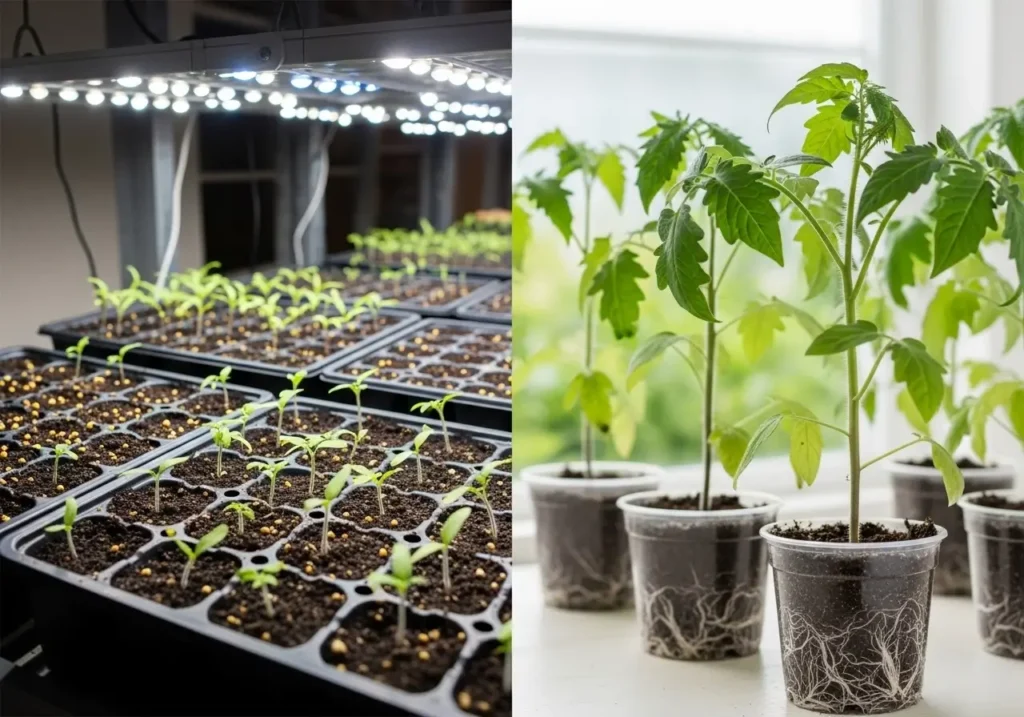
The Seed Starting Route
Starting from seeds is like the artisanal route of tomato growing. You get access to crazy cool varieties – I’ve grown purple ones, tiny cherry ones that reseed themselves, and heirloom varieties with names like ‘Mortgage Lifter’ (yes, that’s real).
But seeds need planning and indoor space. Here’s my timeline:
- 8-10 weeks before transplant: Start seeds (usually in my basement)
- 6-8 weeks: First real leaves show up (so exciting!)
- 4-6 weeks: Start feeding them weekly
- 2 weeks: Begin the hardening off process (gradually getting them used to the outside)
- Transplant day: Freedom!
You’ll need heat mats for germination and grow lights once they sprout. My basement setup looks like a tomato science lab.
The Transplant Shortcut
Buying transplants is totally valid! No shame in the transplant game. It saves time, space, and honestly, sometimes you want to skip the whole seed-starting drama.
When picking transplants, look for:
- Short, stocky plants (not tall and leggy – those are weak)
- Lovely green leaves (no yellow or brown bits)
- No flowers or fruits yet (they transplant better when focused on roots)
- Healthy roots (peek at the bottom of the pot)
Soil Temperature: The Critical Factor Most Gardeners Ignore
Here’s something nobody told me when I started: soil temperature matters WAY more than air temperature. This one fact could’ve saved me so much frustration!
I learned this when I planted tomatoes on a beautiful 70-degree day, then watched them sit there looking miserable for weeks. Finally checked my soil temp – 55°F. Way too cold for happy tomato roots.
How to check soil temperature:
- Get a soil thermometer (seriously, just buy one)
- Stick it 2-4 inches deep in the morning
- Check for several days to get an average
- Wait until nighttime soil temps stay above 60°F
Ways to warm up cold soil:
- Black plastic mulch (it absorbs heat like crazy)
- Water-filled plant protectors (they’re like little heat batteries)
- Raised beds (they warm up faster)
- Pick your sunniest, most protected spot
Seasonal Planting Strategies
Over the years, I’ve developed different game plans depending on what I’m trying to accomplish. Sometimes I want the earliest tomatoes on the block, sometimes I’m planning for sauce-making season, and sometimes I’m just trying to squeeze in one more crop before winter.
Early Season Strategy: Racing to First Harvest
I go full paranoid gardener mode for the earliest possible tomatoes – multiple layers of protection and the fastest varieties I can find.
My early-season arsenal:
- Determinate vs indeterminate tomatoes picked for speed
- Row covers and cold frames at the ready
- Dark mulch to soak up heat
- The most protected spot in my yard
Fast varieties I swear by: ‘Early Girl’ (50-60 days), ‘Stupice’ (60-65 days), and ‘Black Cherry’ (65 days). These give me bragging rights weeks before my neighbors’ tomatoes ripen.
Main Season Strategy: Maximum Production
This is where the magic happens – my main growing tomatoes crop that’ll keep me in BLTs all summer long. I plant paste tomatoes for sauce and my favorite slicers for sandwiches.
I usually plant this batch 2-3 weeks after my early ones, when I’m confident the weather’s settled down for good.
Late Season Strategy: Extending the Harvest
Sometimes, I get ambitious in late summer and start another round for fall harvest. It works great in warmer zones, and even here in zone 5b, I can sometimes pull it off with protection.
Late season tips:
- Count backwards from your first expected frost
- Stick to quick varieties (60 days or less)
- Use transplants to save time
- Have your season extenders ready
Common Timing Mistakes (And How I’ve Made Them All!)
Oh boy, let me tell you about all the ways I’ve screwed this up over the years. You can learn from my disasters!
Mistake #1: Getting Spring Fever
This is my biggest weakness. We get a few warm days in April, and I’m like “This is it! Spring is here forever!” Then boom – cold snap. I’ve learned to ignore nice weather and stick to my calendar like it’s the law.
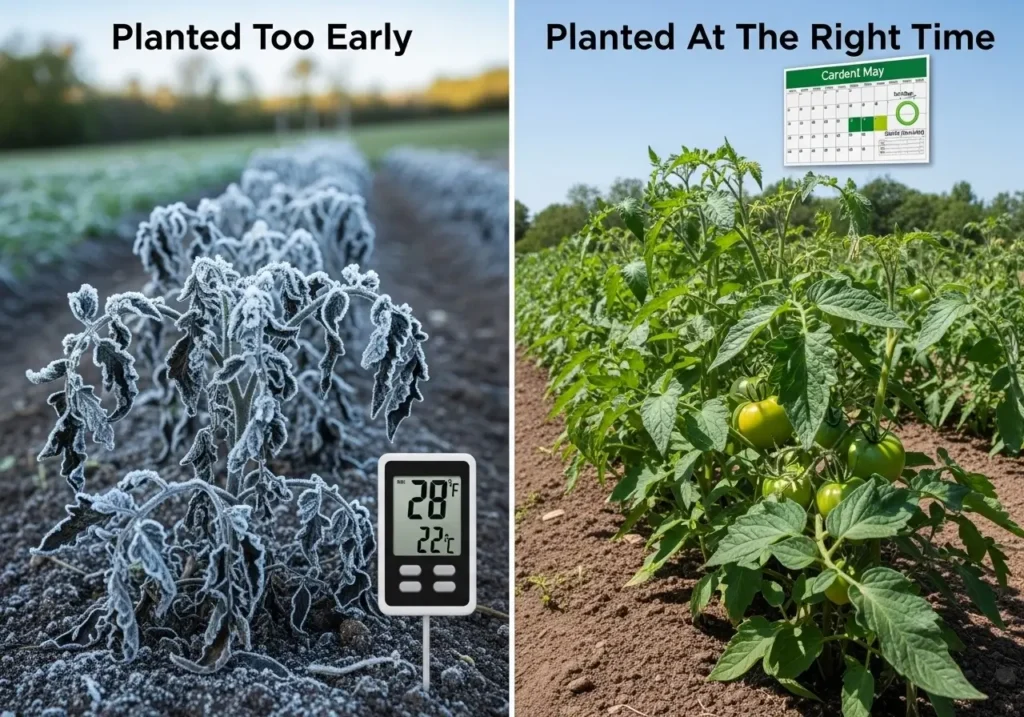
Mistake #2: Treating My Whole Yard the Same
Not every spot in your garden warms up at the same rate. That sunny spot by your house might be ready two weeks before the area by your back fence. Now I check soil temps in multiple places like some temperature detective.
Mistake #3: Forgetting About Fall
I used to only think about spring timing and completely forget that fall frost would eventually crash my tomato party. Now I plan both ends of the season.
Mistake #4: Rushing the Hardening Off Process
Indoor seedlings are like sheltered kids who’ve never left the house – they need a gradual introduction to the real world. I’ve killed plants by throwing them outside too fast. Don’t be me.
Regional Success Stories and Adaptations
I’ve picked up some brilliant strategies from gardeners in different areas:
Pacific Northwest: These folks are season extension masters with their plastic tunnels and creative greenhouse setups.
Texas: Smart Texas gardeners do two plantings – early spring before the heat hits, then late summer for fall harvest when it cools down.
Florida: Year-round growing is possible, but timing becomes about avoiding the wettest, hottest periods instead of cold.
Mountain West: High elevation gardeners are tough cookies who use every season extension trick in the book and focus on super-fast varieties.
Advanced Timing Techniques
Once you get the hang of basic timing, you can try some fancier moves:
Succession Planting
Instead of planting everything at once, try planting new tomatoes every 2-3 weeks. Continuous harvest, plus it spreads out the work.
Companion Planting Timing
Tomato companion plants all have different timing needs. Basil is even more of a cold baby than tomatoes, while lettuce can handle way cooler weather.
Weather Pattern Tracking
I keep nerdy, detailed records of my local weather – not just frost dates but when the soil hits certain temperatures. This local knowledge becomes pure gold over time.
Tools and Resources for Perfect Timing
Here’s my essential toolkit:
Must-have tools:
- Soil thermometer (seriously, get one)
- Weather apps with soil temp data
- Garden journal (I use a basic notebook)
- Calendar with all the essential dates marked
Super helpful resources:
- Your local extension office (they’re timing wizards)
- Weather station data from nearby airports
- Online frost date calculators
- Local gardening Facebook groups (full of timing wisdom)
Key Takeaways for Tomato Planting Success
After 15 years of growing tomatoes and helping tons of other gardeners, here’s what really matters:
- Know your numbers: Last frost date, soil temp, and hardiness zone are everything
- Always have a backup plan: Cold snaps happen when you least expect them
- Soil temp beats air temp: Every. Single. Time.
- Match varieties to your season: Don’t try to grow 90-day tomatoes in a 60-day season
- Keep notes: What works in your yard might not work in mine
- Stay flexible: Weather doesn’t read the almanac
The cool thing about mastering when to plant tomatoes is that you really get to know your local climate. Each year, you’ll get better at reading the signs and making timing calls that lead to ridiculous harvests.
Your Tomato Growing Journey Starts Now
Whether you’re totally new to this (welcome to the club!) or you’re an experienced gardener trying to fine-tune your timing, remember that every expert started by killing their first batch of tomato plants. At least, I sure did!
Start with your hardiness zone and frost dates, pay attention to soil temperature, and don’t be scared to experiment. Keep notes about what works and what doesn’t – this becomes your secret weapon for consistent success.
What’s your biggest tomato timing challenge? Short growing season? Crazy, unpredictable weather? Trying to fit in multiple plantings? I’d love to hear your stories and help you figure out any timing puzzles. Please drop a comment below and let’s grow amazing tomatoes together!
Remember, every season is a fresh start to get the timing right. Here’s to your best tomato harvest yet!
Common Questions About When to Plant Tomatoes
What happens if I plant my tomatoes too early?
Trust me, I’ve been there! If you plant before the soil warms up (below 60°F) or there’s still frost risk, your tomatoes will either die from cold damage or just sit there looking miserable for weeks. I once lost an entire batch to a surprise late frost because I got too eager. It’s always better to wait a couple extra weeks than to start over from scratch.
How do I know when my soil is warm enough for tomatoes?
Get yourself a soil thermometer – seriously, it’s the best $10 you’ll spend! Stick it 2-4 inches deep in your garden bed and check it for a few days. You want consistent readings of 60°F or higher, ideally 65-70°F. Don’t just go by air temperature – I’ve seen 70-degree days with soil still sitting at 55°F. Your tomatoes’ roots need that warmth to be happy.
Should I start tomatoes from seeds or just buy transplants?
Both work great! I do both depending on my mood and how organized I’m feeling that year. Seeds give you amazing variety options – I’ve grown purple tomatoes and tiny cherry ones that you’ll never find as transplants. But they need 8-10 weeks of indoor babying with grow lights. Transplants are perfect when you want to skip the fuss or if you’re just starting out. No shame in the transplant game!
Can I plant tomatoes at different times for continuous harvest?
Absolutely! This is called succession planting and it’s one of my favorite tricks. Plant new tomatoes every 2-3 weeks through your planting season. This way, when your first plants start slowing down in late summer, your newer plants are just hitting their stride. You get fresh tomatoes from July all the way to frost instead of being overwhelmed with 50 tomatoes all at once in August.
